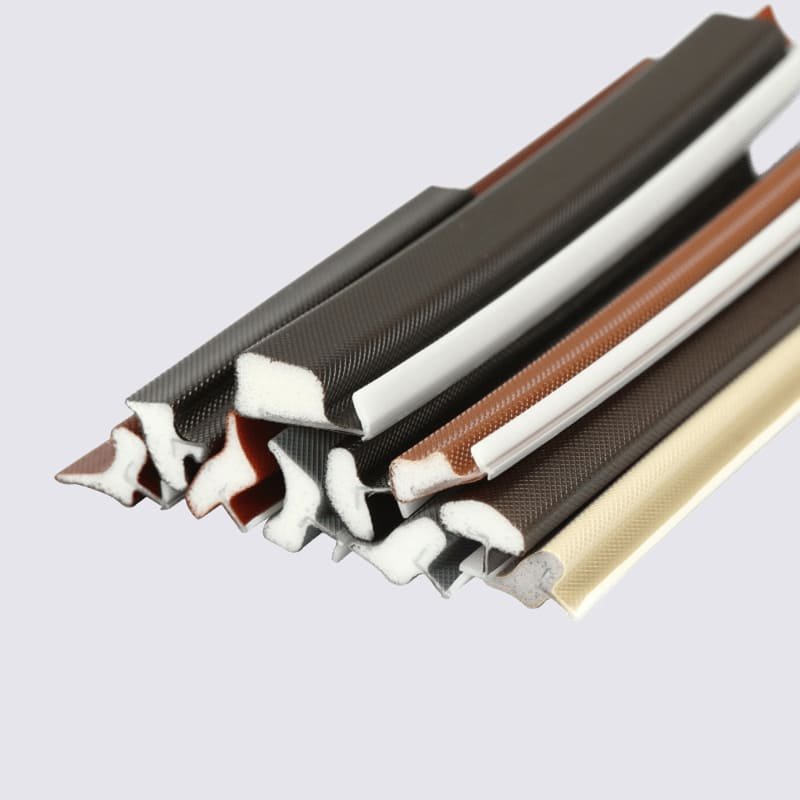Silicone tubing is widely used in many industries and applications due to its flexibility, temperatuer ferset, en duorsumens. Especially useful is waarmte-resistant siliconen tubing, which can withstand exposure to high temperatures without degrading. This makes it perfect for use in situations that involve hot liquids, gassen, steam, or heat transfer.
What Makes Silicone Tubing Heat Resistant?
The key to silicone’s heat resistance lies in its molecular structure. Silicone has an inorganic silicone-oxygen backbone, with organic methyl groups attached. This gives it a high thermal stability compared to other rubber and plastic tubing options. Most silicone tubing can handle continuous use temperatures between -55°C up to 200°C. High-temperature formulas can even withstand temperatures exceeding 300°C.
At high temperatures, heat resistant silicone does not melt or burn. Instead, it becomes slightly softer before eventually degrading. This makes it unlikely to fail catastrophically when temperatures fluctuate or spike. The tubing will provide warning signs, such as bulging or collapsing, before it ultimately needs replacement.
Benefits Of Using Heat Resistant Silicone Tubing
Temperatuer Resistance
The most obvious benefit of heat resistant silicone tubing is its ability to withstand exposure to high temperatures without failing. This performance at temperature extremes makes it suitable for uses that would damage or destroy other types of tubing.
Bygelyks, heat resistant silicone is indispensable for handling steam in industrial heating processes. It also works for controlling flow in heat exchangers, ovens, and other hot equipment. Silicone tubing brings safety and reliability to these hot applications.
Gemyske ferset
In addition to resisting heat, silicone tubing also holds up well when exposed to oils, oplosmiddels, and other chemicals. Its non-reactive composition prevents corrosion or cracking. Silicone stands up to chemical exposure far better than natural rubber or plastic tubing.
Flexibility Handle Bending
Silicone’s flexible, rubber-like quality allows it to handle bending, trilling, and pressure fluctuations. The tubing remains flexible even at extremely high or low temperatures. This dynamic response helps prevent kinking or fracturing.
Reusability Saves On Replacement Costs
The resilient properties of silicone mean it can handle repeated hot-cold cycles. You can reuse the same high-temperature silicone tubing in many heating and cooling applications. It won’t suffer fatigue or embrittlement like other materials. This reusability saves on replacement costs.
Non-Stick Surface
Silicone tubing provides a naturally non-stick, non-absorbent surface. This prevents materials from building up inside the tubing over repeated high-temperature uses. The slick inner wall keeps flow smooth and consistent without scraping or clogging.
Safety Heat Resistant Silicone Tubing
Heat resistant silicone tubing brings important safety benefits to hot liquid transfer and steam delivery systems. It prevents leaks, bursts, and catastrophic failures that can damage equipment and injure workers. The high-reliability tubing contains and controls flow even at extreme temperatures.
Installing Silicone Tubing For High Temperature Uses
When selecting silicone tubing for high-temperature applications, start by verifying its continuous and intermittent temperature rating. Choose a tubing grade that can withstand at least 15-20°F beyond your expected operating temperature. This provides a margin of safety if temperatures spike.
Also consider the tubing’s pressure rating. Determine the system pressure, including any spikes, and ensure the tubing can handle it. Reinforced or thicker-walled silicone tubing can accommodate higher pressures.
Measure your required tubing length precisely, leaving a little extra. Allow some slack rather than stretching the tubing tight. For bending around corners, order tubing with at least 10 times the outside diameter in bend radius. Avoid kinking which could restrict flow.
Úteinlik, use appropriate connectors and clamps rated for the same high temperatures. Stainless steel hose fittings work well to make robust, non-leaking connections. With quality installation, heat resistant silicone tubing will provide reliable service and safe operation.




